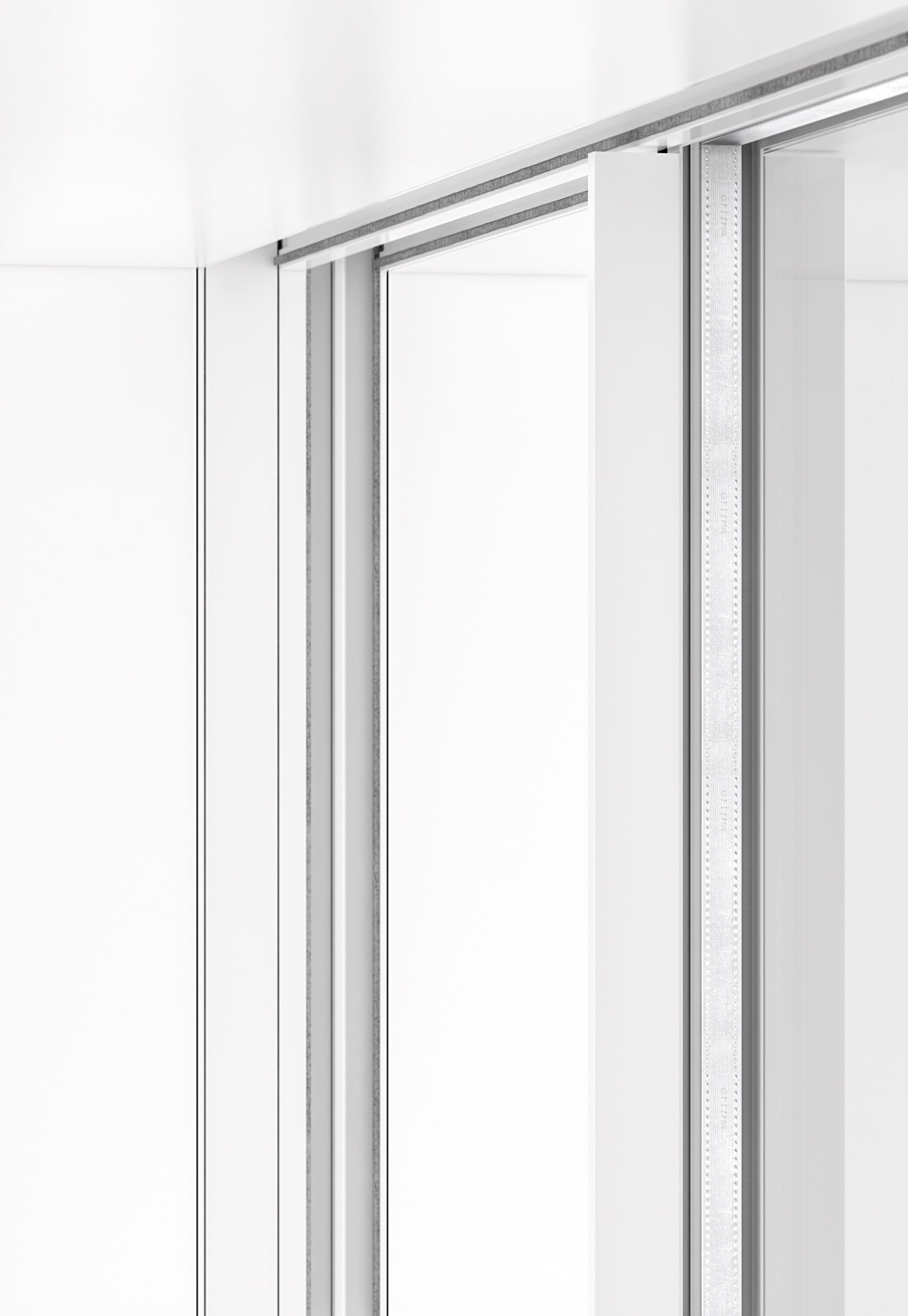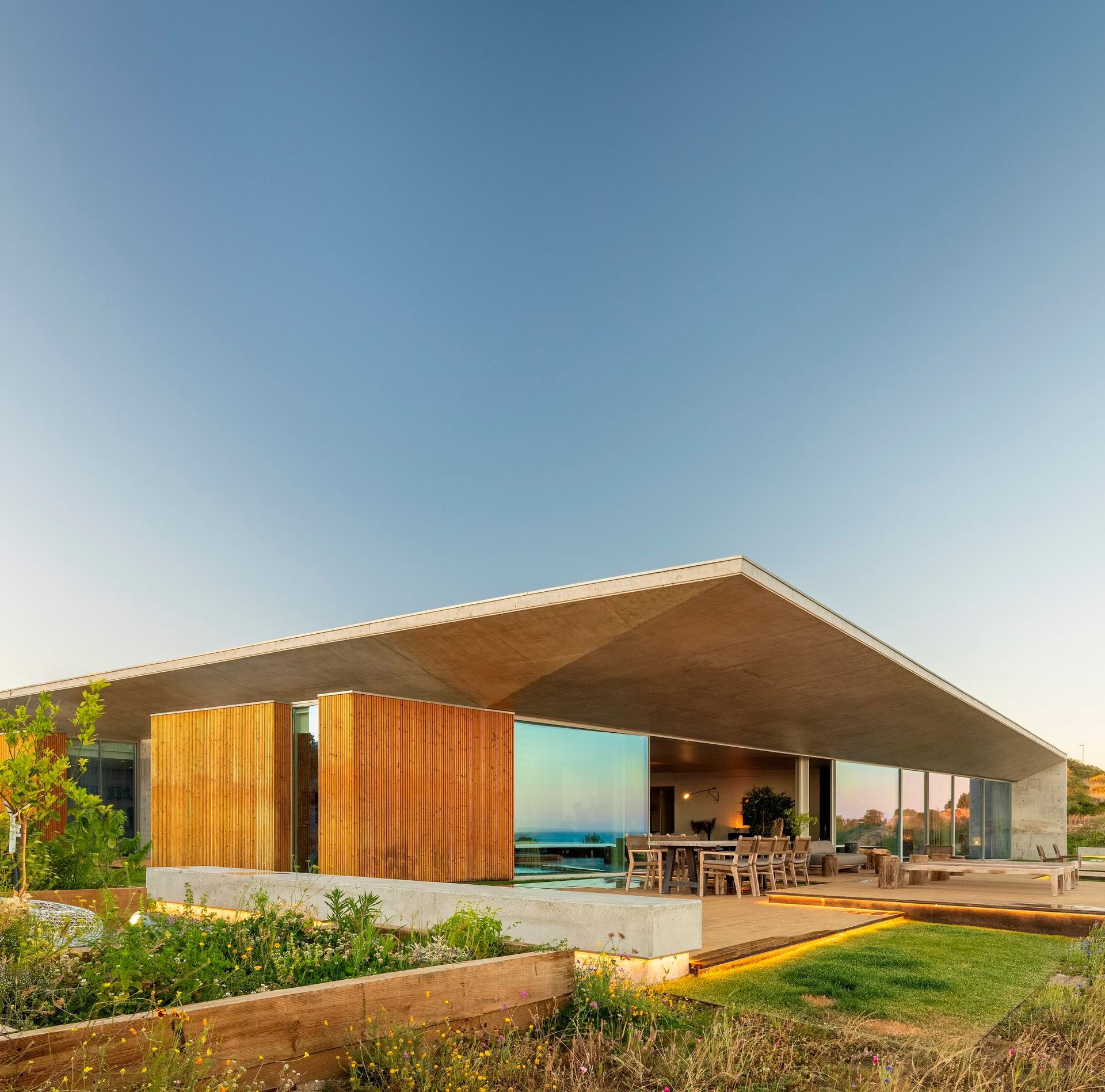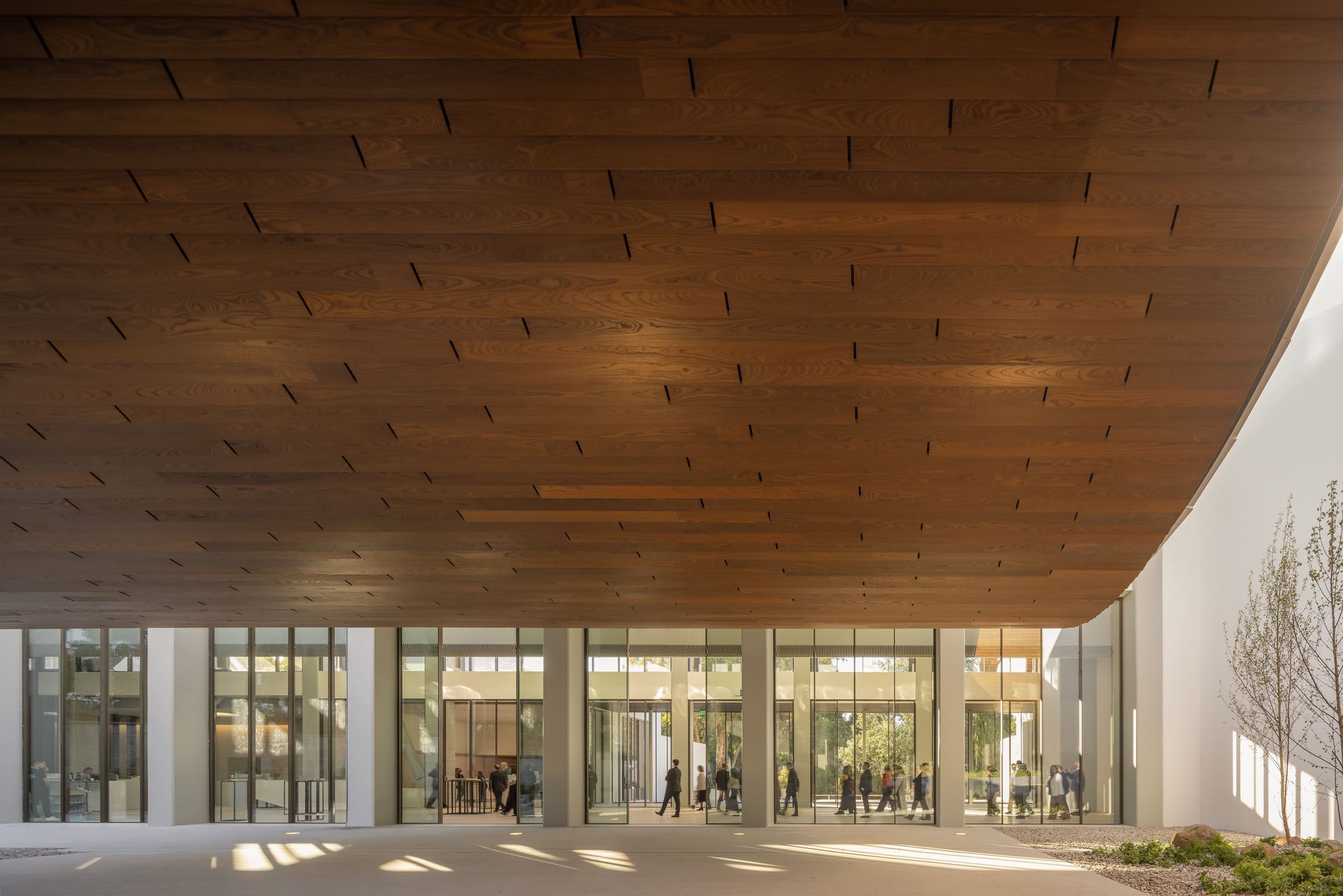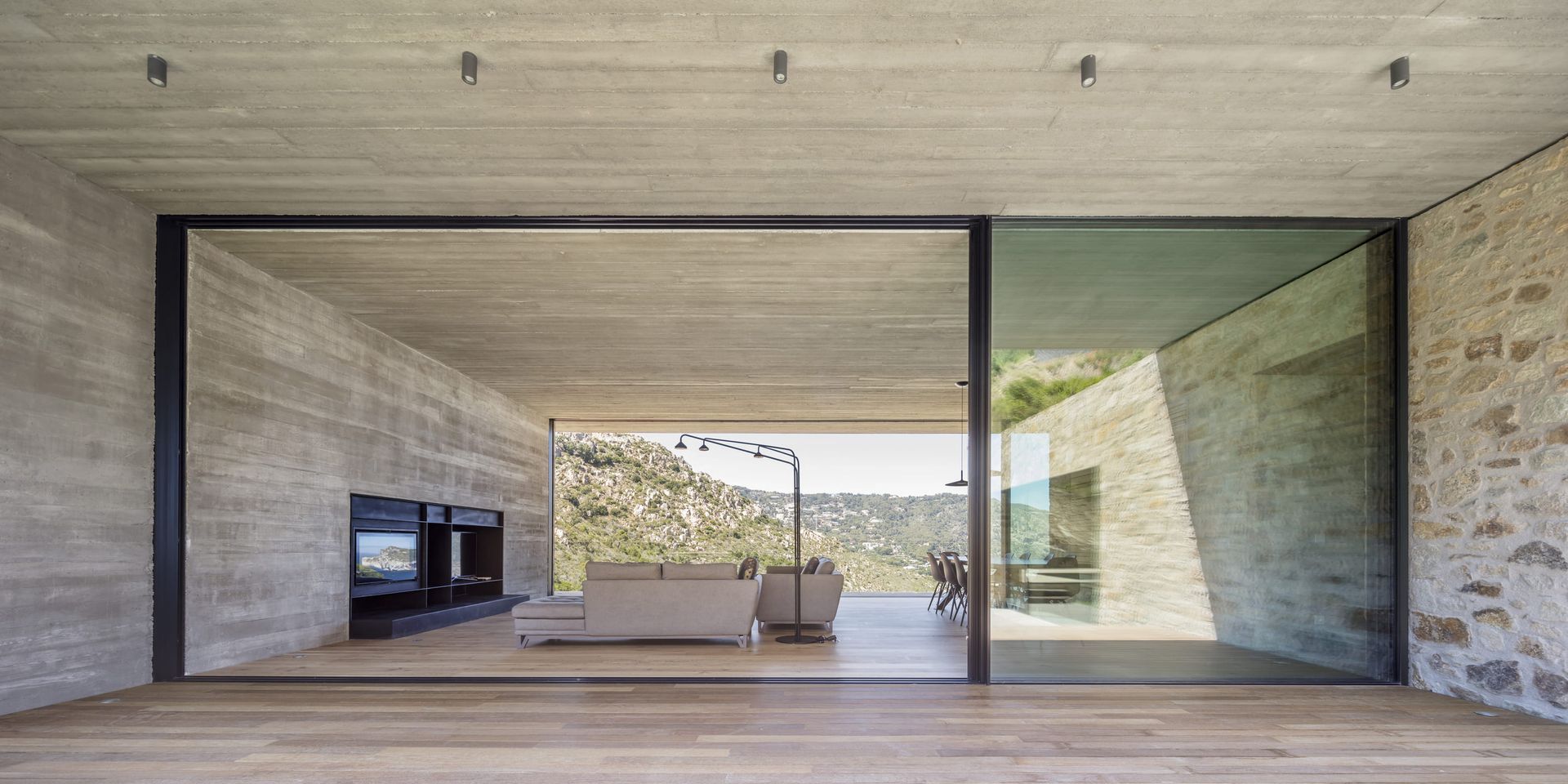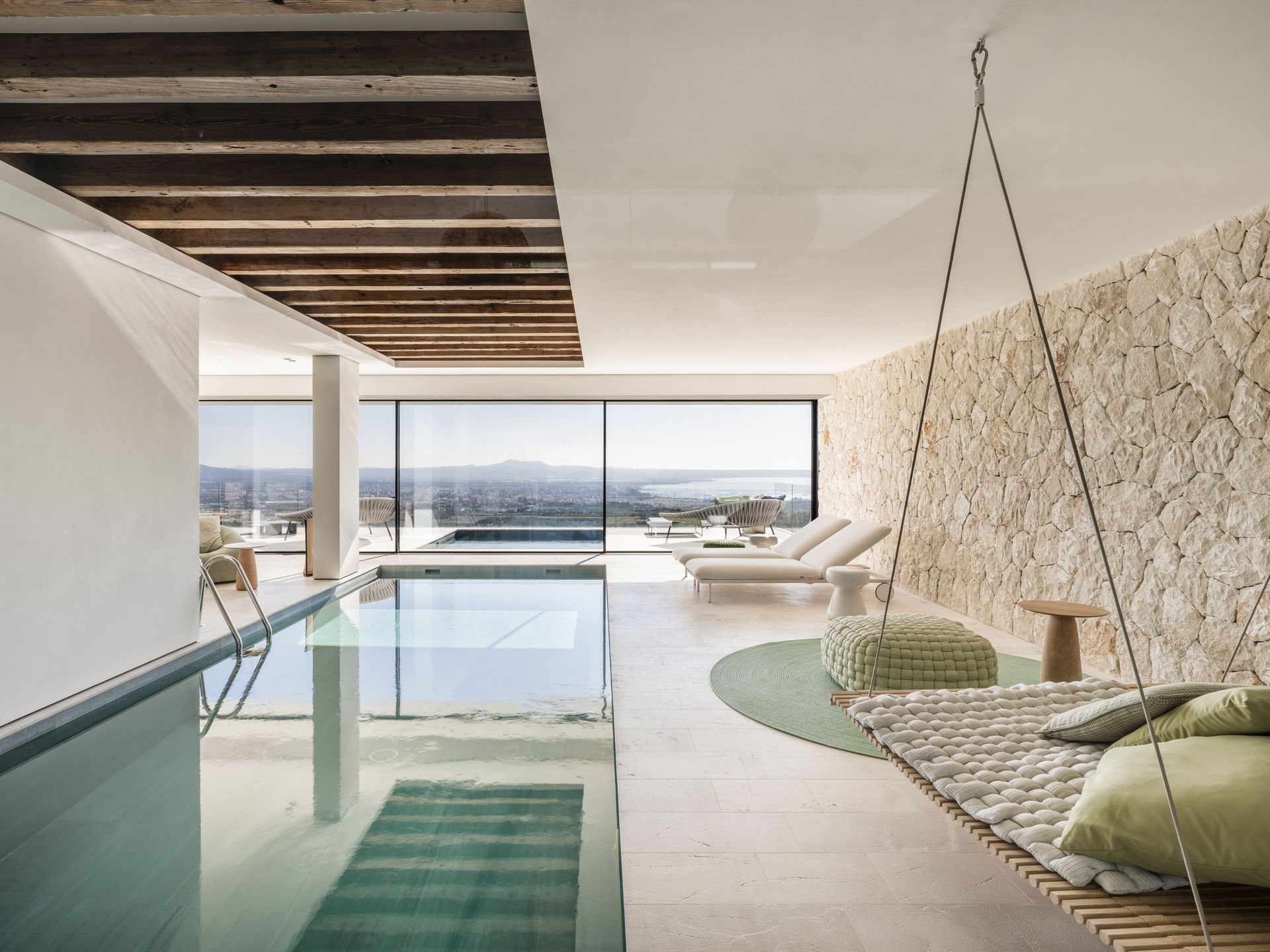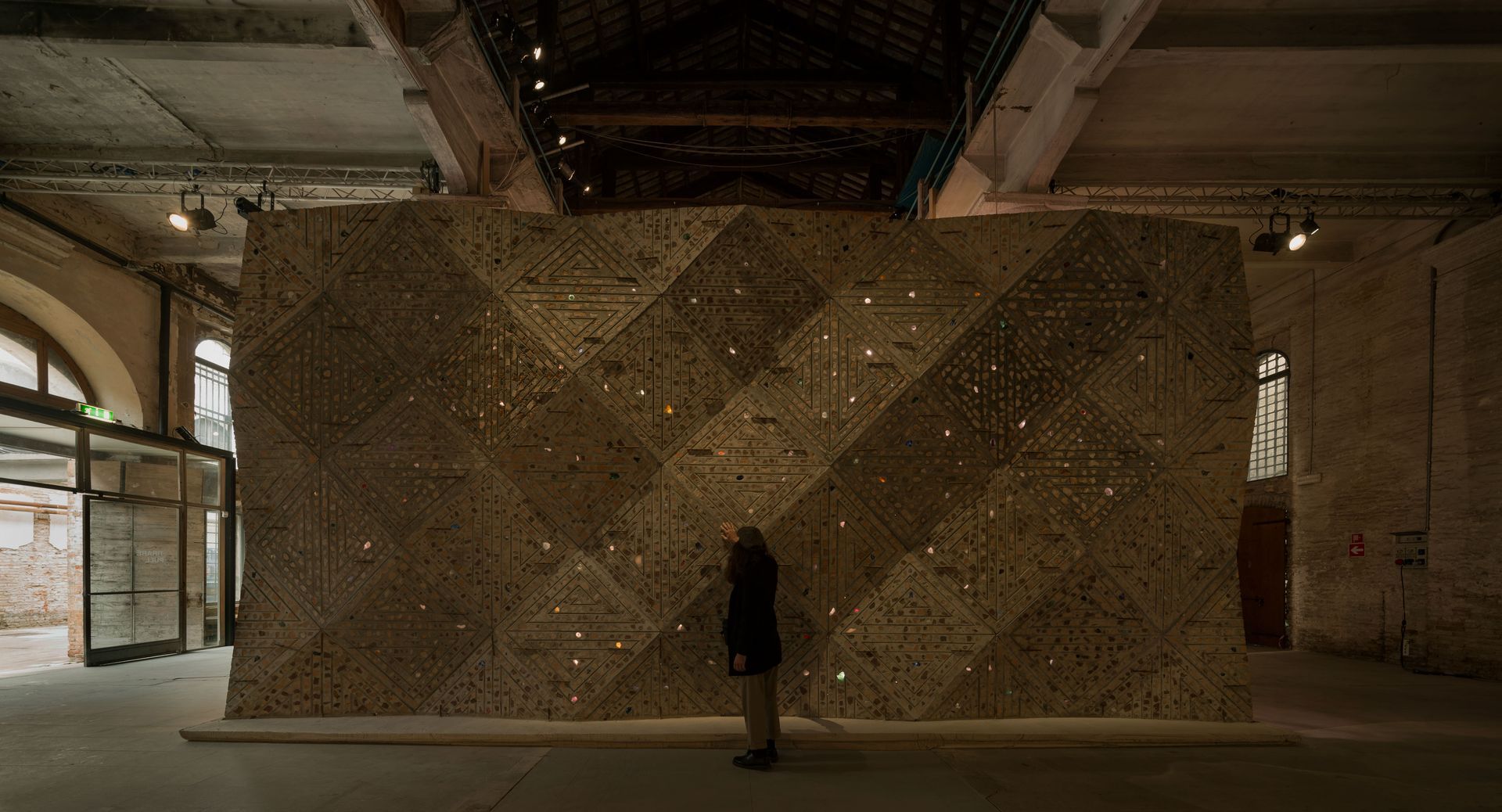The metamorphoses of the Institute of Civilizations
The Collège de France occupies three buildings at 52 rue du Cardinal-Lemoine, which in the 19th century and until the middle of the 20th century belonged to the École Polytechnique. A third building, built from 1946 to 1948 and renovated from 1988 to 1990, was added to this set and distributed around a garden.
Due to the absence of interior circulation between the three main buildings and because the only existing entrance, rue Lartigue, opened onto this bucolic space, the garden, with its lawn planted with a magnificent cypress, a medlar tree and a palm tree as well as many shrubs, held a special place for the occupants of the premises as well as for the visitors.

Closed to the public in May 2016, completely emptied of its two hundred and fifty occupants, its offices, common areas and of its seventeen kilometres of collections during the six months that followed, the so-called “Cardinal Lemoine” site, of which the College de France is the contractor, started work in January 2017.
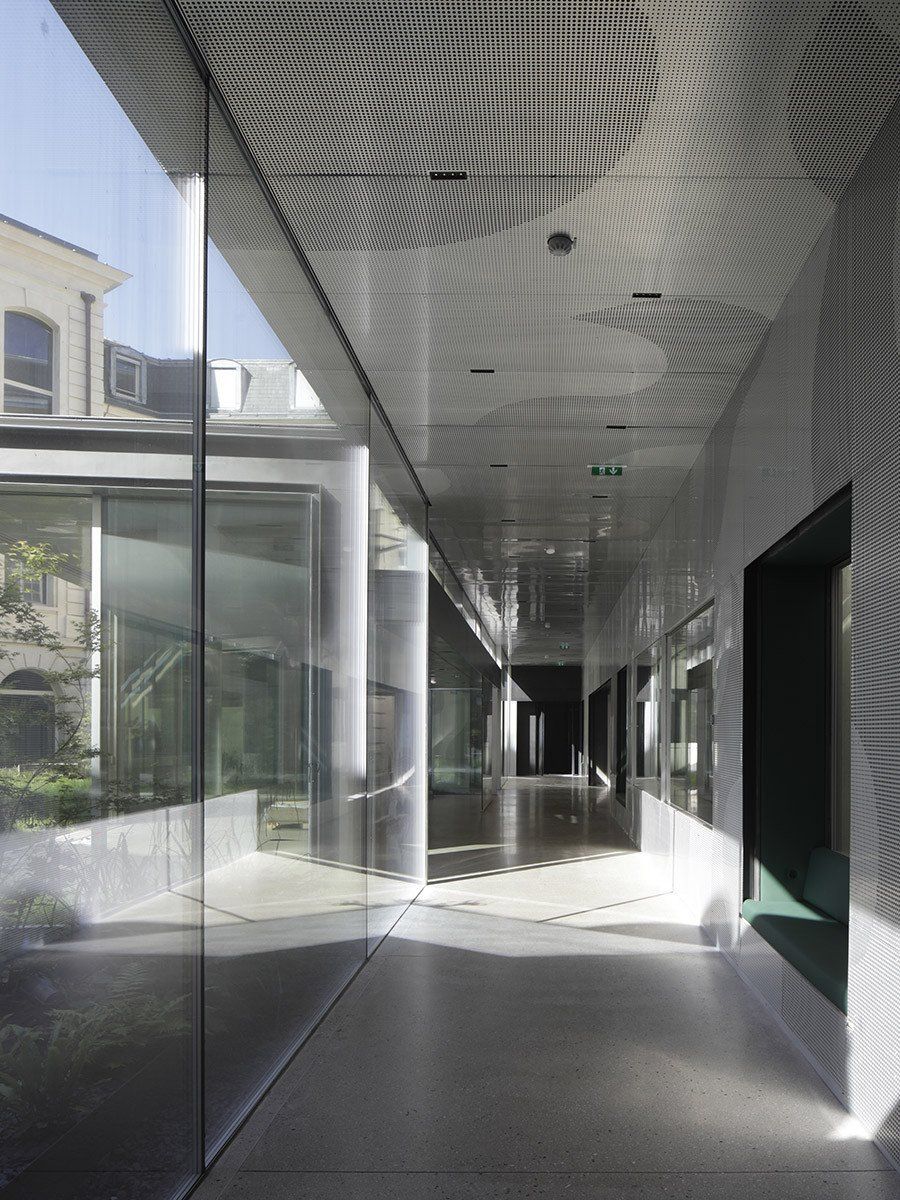
The facades and roofs have been renovated to improve the thermal insulation of the buildings as well as their aesthetics. Box carrels, workspaces accessible by reservation and able to accommodate one or two people, have been created on the courtyard facade, directly above buildings A and B. The various buildings have been the subject of large-scale structural work in order to level all the floors and allow a "U" circulation on the entire site, floor by floor: no need to cross a single step nor to go down again in the garden to go up in another wing, as it was the case previously. Once provided with an access card established at the reception, everyone will be able to circulate in all or part of the site, depending on the rights associated with their card.
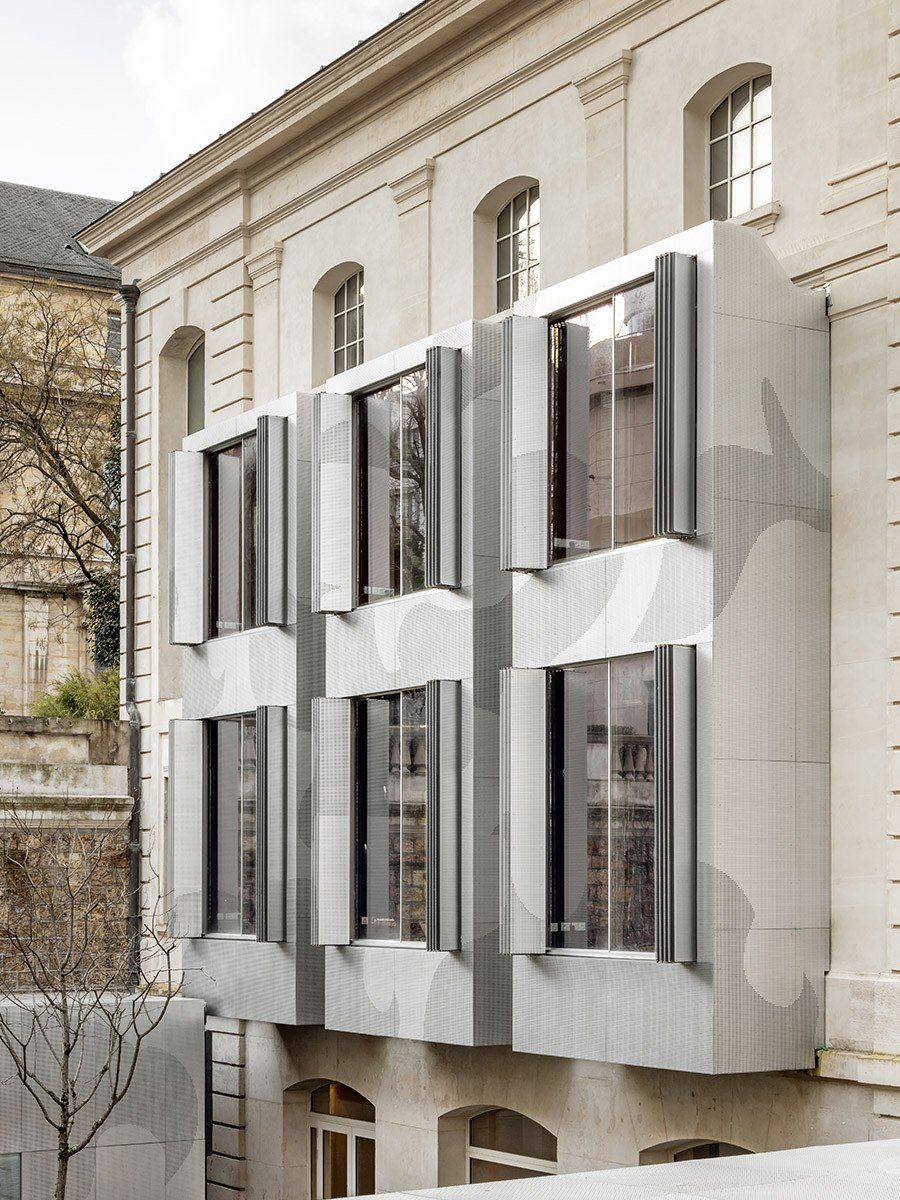
The monumental stairwell of building C has disappeared, replaced by floor areas on the first and third floors, dedicated to the reception of the Far East and Ancient Near East poles. All the windows have been replaced to make the site more comfortable thermally and acoustically using not one but 4 OTIIMA frame systems: 38 PLUS | 54 DRAIN| 54 CLASSIC | OPEN

The heating and electricity distribution installations have been completely modernised. This space's very delicate metal architecture is fully highlighted and its glass roof is completely restored.
The architect, Jacques Moussafir, chose the arabesque for the interior decoration of the site for its sophisticated and airy graphics. The visitor will find it, for example, on the carpets placed in the centre of the reading rooms, the colour of which will vary according to the poles, on the ceiling of these same rooms and on the roof of the glazed galleries built on the ground floor, along the facade. interior of buildings.
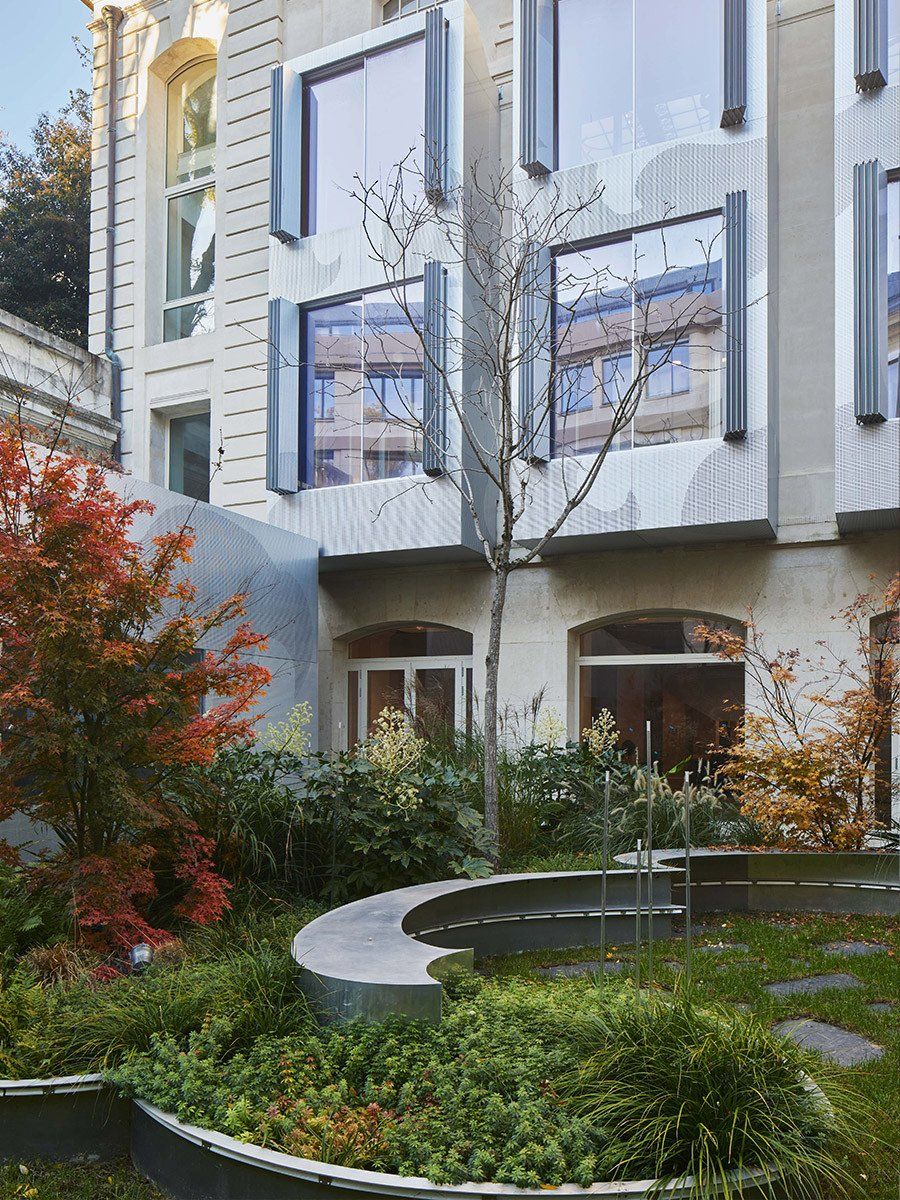
A colour has been assigned by the architect to each of the poles: blue for the Mediterranean World, red for Social Anthropology, purple for the Far East, and green for the Ancient Near East. It is echoed on the ground by the crystals of the terrazzo2 in each reading room, in the circulation areas which frame the carpets and the work tables.
